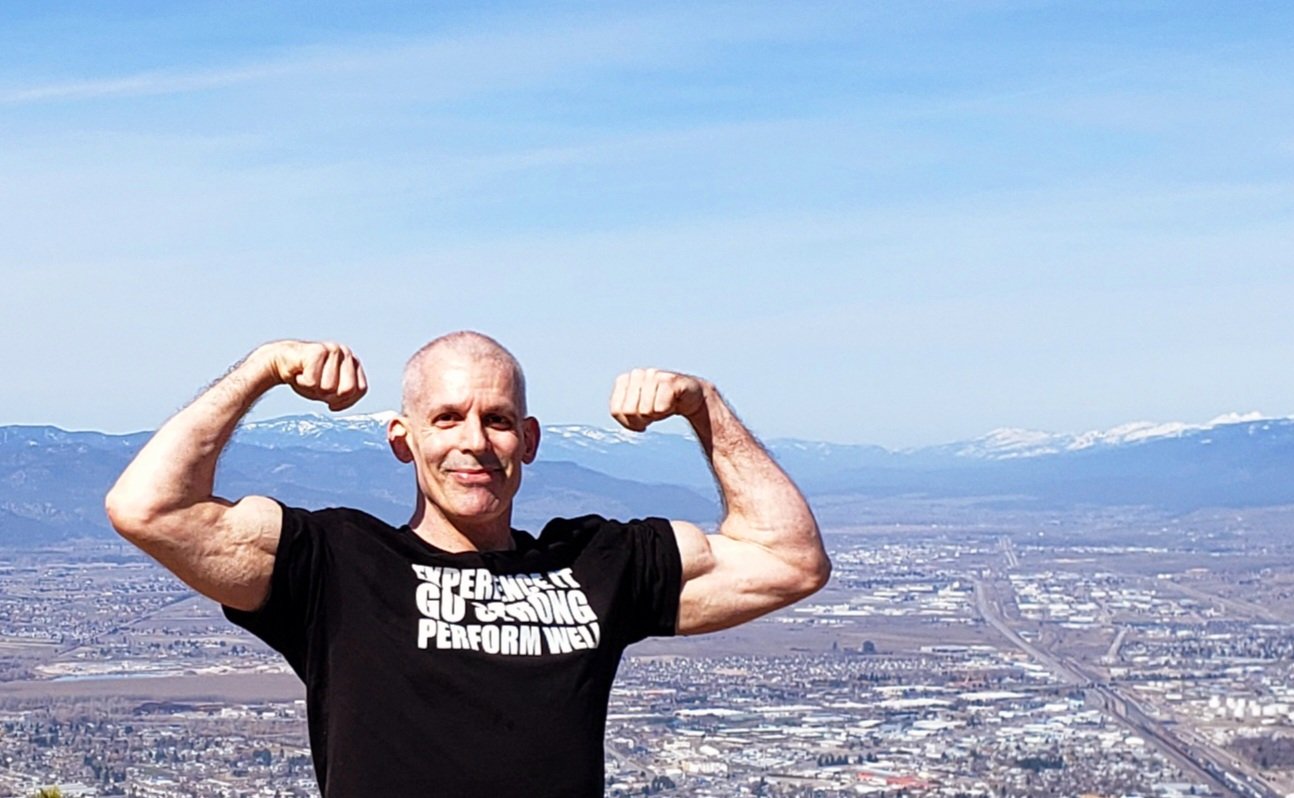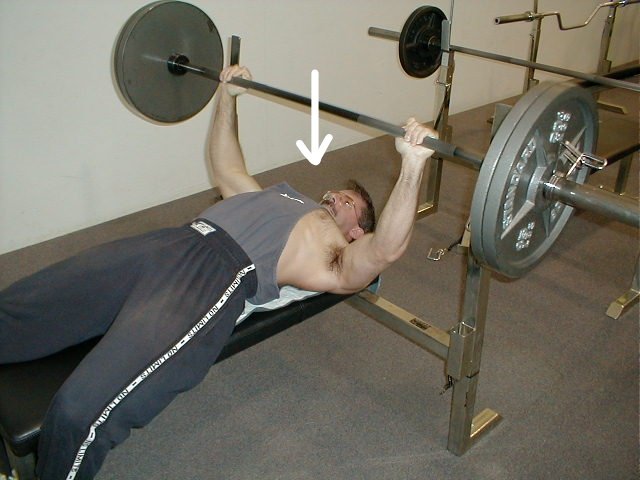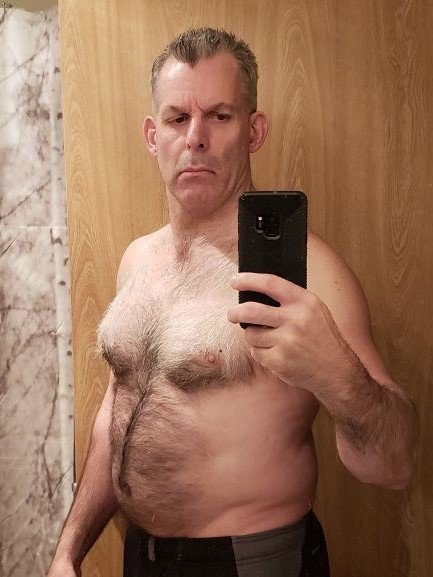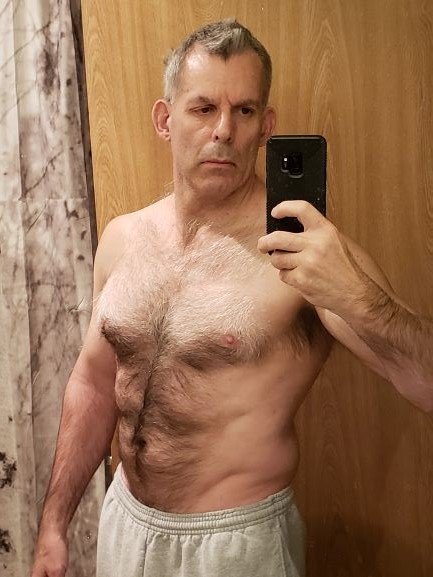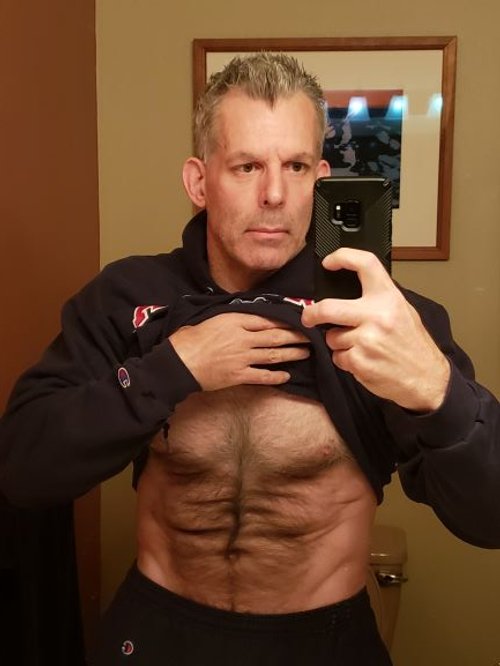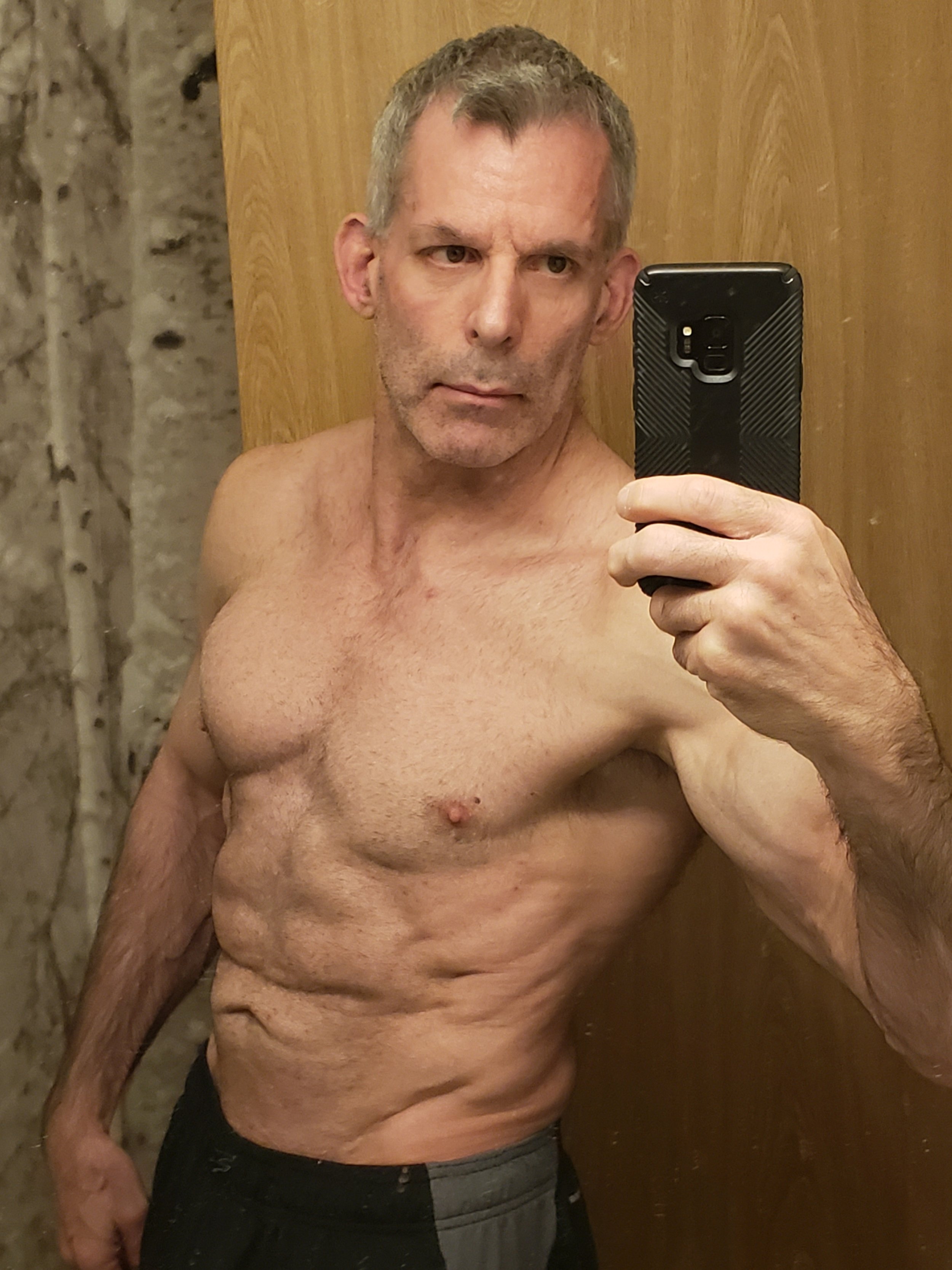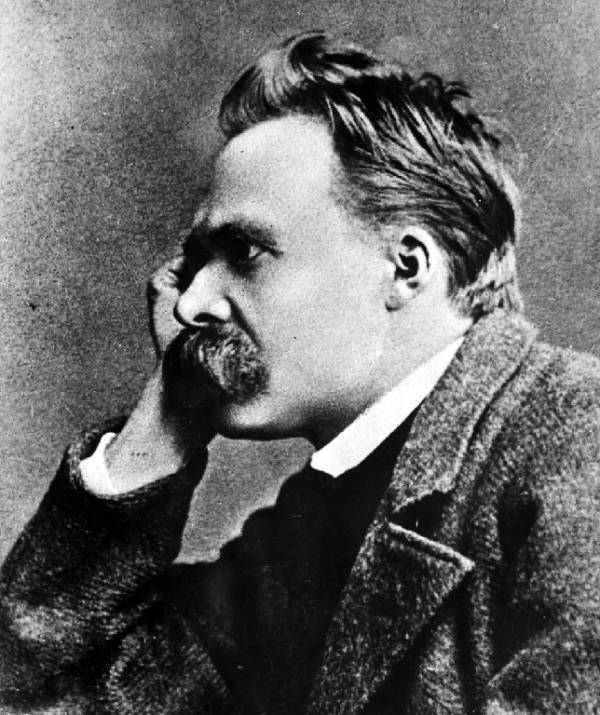I often get asked how to gain weight when you have a fast metabolism. My response is usually something like this: “You need to eat the right foods in the right amounts, consistently. If you’re not willing to eat five solid meals a day and supplement one with a protein shake, then it’s probably not going to happen.”
Here’s my story of how I gained 40 pounds (from 115 to 155) in my first year to a year and a half of training at home. As I approach 63 this September, my progress since turning 40 has been primarily due to changes in my nutritional habits. While altering my training has helped me build more muscle and shed fat, the real difference came from changing what I ate. You can find my specific training and nutrition guidelines in The Fitness Mindset, Chapter 1, “Food Macronutrient Ranges.”
The Start of My Journey – A Snapshot
I started training when I was 15 and weighed only 115 pounds. My setup was basic: training three times a day in my garage with a barbell and dumbbells, with no nutritional guidance whatsoever.
After six months of daily training and knowing little about nutrition, I gained just 10 pounds (from 115 to 125). My fast metabolism made it hard to put on weight, and my diet wasn’t helping—candy and junk food were my go-to. If you think you have a fast metabolism and are considering drugs or supplements to slow it down, I strongly advise against it unless a doctor has diagnosed you with a metabolic disorder.
My Decision to Eat, Eat, Eat
In search of a way to gain weight, I ordered a weight-gain program by mail. I stuck to the diet religiously, and in 8 months, I gained 56 pounds (from 125 to 181). I ate six meals every day, spaced out every 3 to 4 hours, and consumed anything I could—meat, desserts, milk, bread, and protein shakes. I was relentless.
At 181 pounds, I switched to a different training and diet regimen to preserve muscle and lose fat. Two months later, I dropped to 155 pounds (losing 26 pounds of fat). In my first year of serious training, I gained 30 pounds of lean muscle at home. Three months later, I joined a local gym, but I now realize I would’ve gained even more if I had started sooner.
A Closer Look at My Weight-Gain Diet
When I first started weight training, I was a skinny 115 pounds. I trained in my garage, using an old toy box as a bench, and worked out three times a day. After six months, I only gained 10 pounds. Then, just before school let out for the summer, I discovered a bodybuilding ad in a magazine. Excited, I ordered the Universal Bodybuilding program.
Starting in June 1978, I followed the program and its weight-gain diet religiously. By mid-February 1979, I weighed 181 pounds—a gain of over 50 pounds in less than 9 months! I was getting attention, but the rapid weight gain wasn’t healthy. I had no understanding of nutrition, so I just ate until I felt nauseous. The diet was extremely high in fat, and my waist ballooned from 27 to 36 inches. This experience made me realize that with determination and willpower, anyone can gain weight—unless they have a rare eating disorder or a disease affecting their metabolism.
To lose the fat I gained while “bulking up,” I switched to Universal Bodybuilding’s fat loss program. In two months, I dropped 26 pounds, going from 181 to 155 pounds, and my waist shrank from 36 to 31 inches. During this time, I also came across my first bodybuilding magazine. Inside was a photo of a bodybuilder doing a double biceps pose—a man whose physique was so sculpted, he looked like a Greek god. This man was Arnold Schwarzenegger, and that was my introduction to the man who would inspire me for years to come.
Still training at home, I ordered Arnold’s bodybuilding program and started following his approach to gaining weight. Within a month and a half, I felt healthier, looked better, and had a more athletic appearance. Soon after, I joined my first gym.
The First Year of Training
That first year of training, I not only gained and lost weight as I experimented with different bodybuilding programs, but more importantly, I gained self-confidence. I began to see myself as someone in control of my destiny, sculpting my body through hard work.
Overcoming Obstacles and Shifting Mindsets
Claiming that you have a fast metabolism, lack the right equipment, or can't train in the ideal environment to gain weight is simply an unfortunate conclusion. It reflects personal preferences and represents a significant obstacle that must be addressed. We all fall short of our goals at times because we let our minds dictate what’s possible. The limitations we impose on ourselves, the boundaries we create, and the way we compare ourselves to others all play a role in this fitness journey: they determine whether or not we feel we measure up. And honestly, that’s a real shame.
At one point, I thought I had to move to California to train at the famous Gold’s Gym, where the positive energy and mindset around bodybuilding would help me grow faster. In the early 80s, I asked Arnold about the importance of training environments, and his response was,
“If you can’t be a first-rate bodybuilder where you are, then forget it.”
At the time, I hated him for that response. It made me feel small and foolish. But as the years passed, his words started to resonate. I realized that my excuses—whether about my location or my gym environment—weren’t valid.
This journey took me from training in my hometown of Gresham, Oregon, to gyms across the country—in Michigan, Montana, and California. I also had the privilege of training with Bill Pearl (Mr. Universe, author of Keys to the Inner Universe, Bodybuilding Hall of Fame) at his ranch and home gym in Phoenix, Oregon. This same mindset took me overseas, from Osaka and Chiba in Japan to the West Bank, Palestine, and Israel. Ultimately, this mindset brought me back home—this time to Spokane, Washington.
No matter what the gyms looked like, the environment, or the types of equipment—I took full advantage of everything available. It didn’t matter how limited, outdated, or unconventional the equipment was. If the gym was basic, I worked with what I had. Compound exercises, which use the most energy, are key to building muscle and losing fat. With just an Olympic bar, a few plates, and a bench, there’s a lot you can accomplish.
Arnold’s philosophy taught me that your mindset is the most important factor in achieving success. Whether it’s in bodybuilding or life in general, it's your mental attitude that will determine whether you succeed or fail.
Copyright © 2002, 2025 Randy M. Herring






















